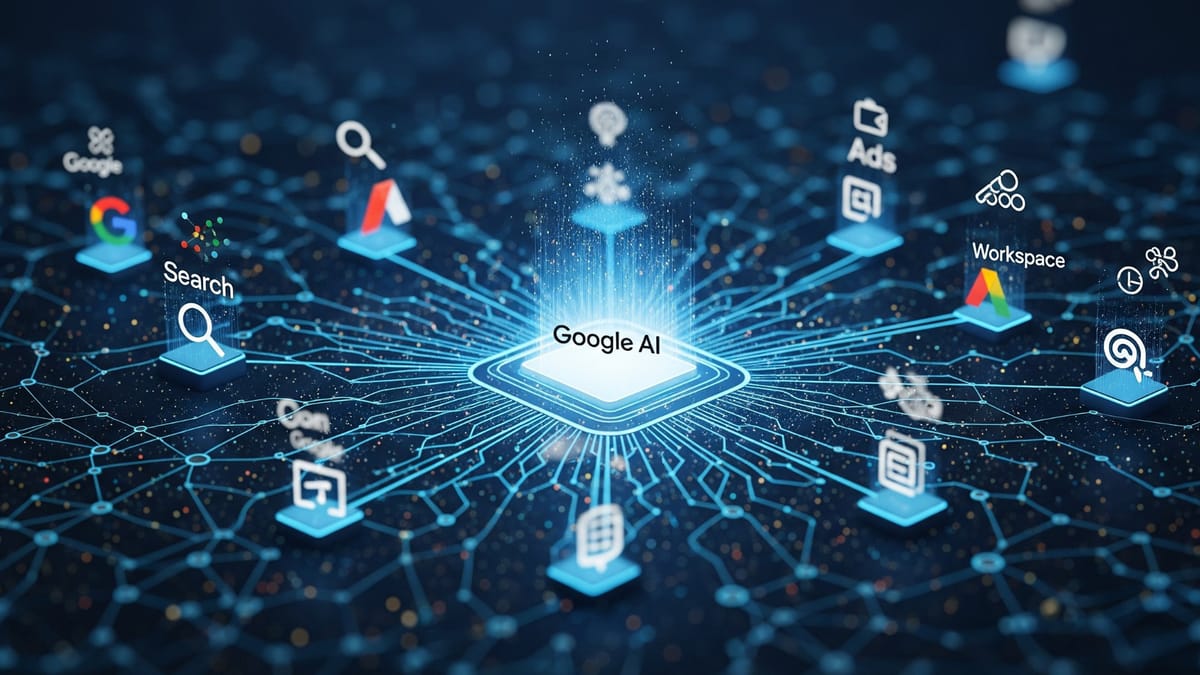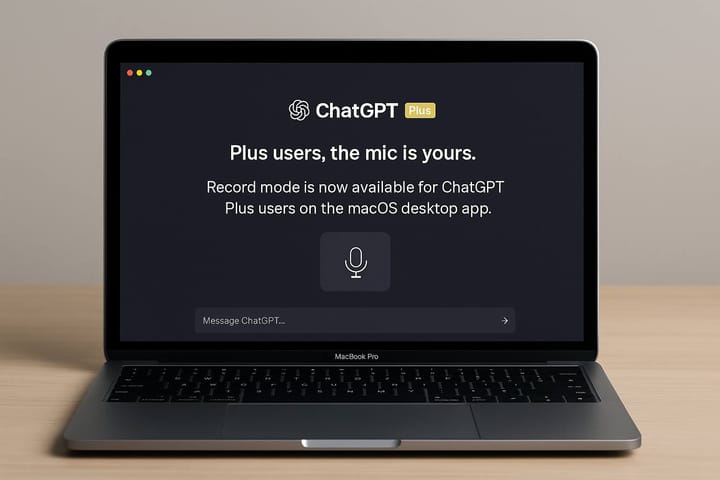Google's Free AI Strategy: Profit or Loss?
Google offers free AI like Gemini. This strategy isn't charity; it's a smart move to gain long-term profit. Understand its business model.

The phenomenon of tech giants like Google offering advanced artificial intelligence (AI) services for free to billions of users worldwide often raises questions about their business sustainability. Seemingly contradicting conventional economic logic, Google consistently releases cutting-edge AI innovations without directly charging users. However, behind this "free" approach lies a complex and profound business strategy, precisely designed to generate massive profits in the long run, far from speculation of losses.
User Acquisition: The Foundation of AI Dominance
The primary strategy behind providing free AI access is large-scale user acquisition. By removing cost barriers, Google effectively opens the door for billions of individuals to interact directly with their AI technology. The main goal is to build a massive user base, which in turn becomes a crucial asset in the global "AI race."
Why Is a User Base Important?
The more people who use Gemini, the more interaction data can be collected. This data, of course, while respecting user privacy and anonymity, becomes vital fuel for training and refining Google's AI models. It's a positive feedback loop: more users mean more data, which leads to smarter AI, and smarter AI attracts more users. This data advantage is a competitive edge that is difficult for competitors without similar operational scale to match.
Furthermore, by integrating Gemini into Google's established product ecosystem—such as Gmail, Google Docs, and Chrome—Google strengthens user reliance on their platform. This integration effectively "locks" users into the ecosystem, making it harder for them to switch to competing services. It also allows Google to set the standard for AI capabilities in the market, shaping user expectations for what an AI should be able to do.
Freemium Business Model and Indirect Monetization
Although the basic version of Gemini is available for free, Google employs a clever freemium business model. This means there are paid service tiers designed for professional and business users who require more advanced features or greater capacity.
Direct Revenue from Premium Services
Google has launched paid versions like Gemini Advanced, which offers more powerful capabilities, as well as Gemini for Workspace integration for business customers. These premium services generate direct revenue streams. Moreover, the underlying AI models that support Gemini are also offered through Google Cloud in the form of APIs (Application Programming Interfaces), such as Vertex AI. Other companies and developers can build their own applications using the Gemini API, which is a paid service based on usage or features. This is a significant source of revenue from the enterprise segment.
Increased Ad Revenue through Core Products
One of Google's largest profit avenues comes from indirect monetization through the enhancement of its core products, especially Google Search and its advertising ecosystem. AI integration, like Gemini, improves the quality of search results, making them more relevant, interactive, and comprehensive. This improved search quality leads users to use Google Search more often and for longer durations. Given that Google is a digital advertising giant, increased traffic and user engagement on their search engine directly translate to more opportunities to display ads, which ultimately boosts Google's ad revenue.
Furthermore, a deeper understanding of user preferences and behaviors gained through AI interactions allows Google to serve more personalized and relevant ads. More relevant ads tend to have higher click-through rates (CTR) and better conversions, attracting more advertisers and enabling Google to charge higher fees for ad placements. This is a positive cycle where AI improves user experience, which increases usage, which in turn increases ad revenue. For more information on Google's ad revenue, you can check Alphabet Inc.'s financial reports.
Data and Model Learning: A Long-Term Investment
Every user interaction with Gemini, even the free ones, contributes to the AI model's learning and refinement. This is an invaluable long-term investment. Usage data helps Google identify patterns, preferences, and user needs, which not only improves Gemini itself but also provides crucial insights for future product development.
Google's substantial investments in computing infrastructure, research, and AI engineering teams indeed incur colossal operational costs. However, these costs are viewed as strategic investments. By having a leading AI model that continuously learns from billions of interactions, Google secures its position as a leader in the AI revolution, which is expected to transform various sectors, from healthcare to automotive.
Strategic Position in the AI Era
Artificial Intelligence is considered the next fundamental technological wave, akin to the internet or mobile era. Google, as a major player in the tech world, does not want to be left behind. By offering advanced AI like Gemini for free, they ensure widespread adoption of their technology and position themselves as a key player at the forefront of AI innovation. This strategy is not just about short-term financial gains, but also about maintaining relevance, market dominance, and the ability to create new AI-powered business opportunities in the future.
Ultimately, Google's strategy of providing AI for free is not an indication of loss, but rather a smart and measured business maneuver. It's a strategic investment to secure market dominance, strengthen core products that generate massive revenue, and build a foundation for innovation and growth in the age of artificial intelligence. Google's profits come from the accumulation of long-term value created by its AI-enhanced ecosystem, not solely from the direct sale of services.





Comments ()